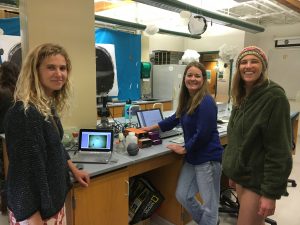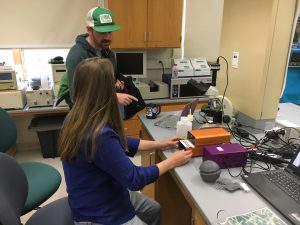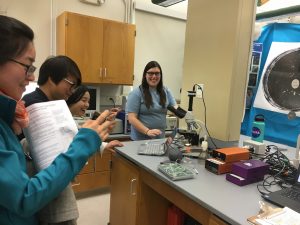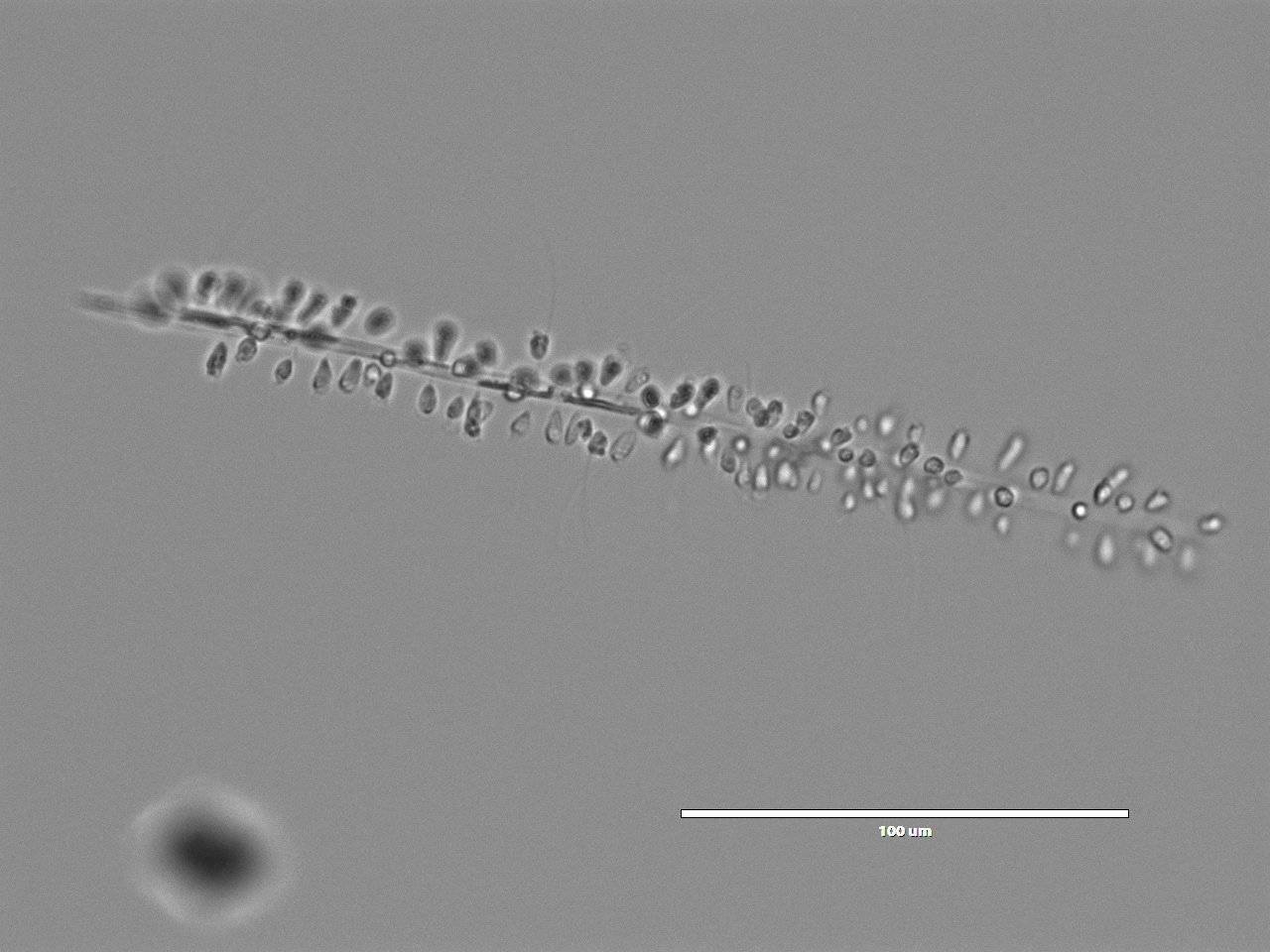Holly had an awesome experience as a visiting researcher at Cawthron (New Zealand) in 2020! Although she has previously collaborated with some of their team, those relationships were expanded upon and new ones were formed during this visit. She worked closely with the Biosecurity Team to run two experiments testing different filter types and filtration times for efficient eDNA and eRNA capture, using the dinoflagellate Alexandrium as a model species. An eDNA/eRNA review paper with a biosecurity angle is in the works. With the Safe New Zealand Seafood Programme she worked to expand geographic specificity testing for qPCR assays targeting four species within the toxin-producing genus Pseudo-nitzschia. A continuing collaboration with the team aims to characterize species diversity and toxin production of a subset of Pseudo-nitzschia species around New Zealand. She returns with an expanded knowledge base and heaps of ideas for future collaborations!








